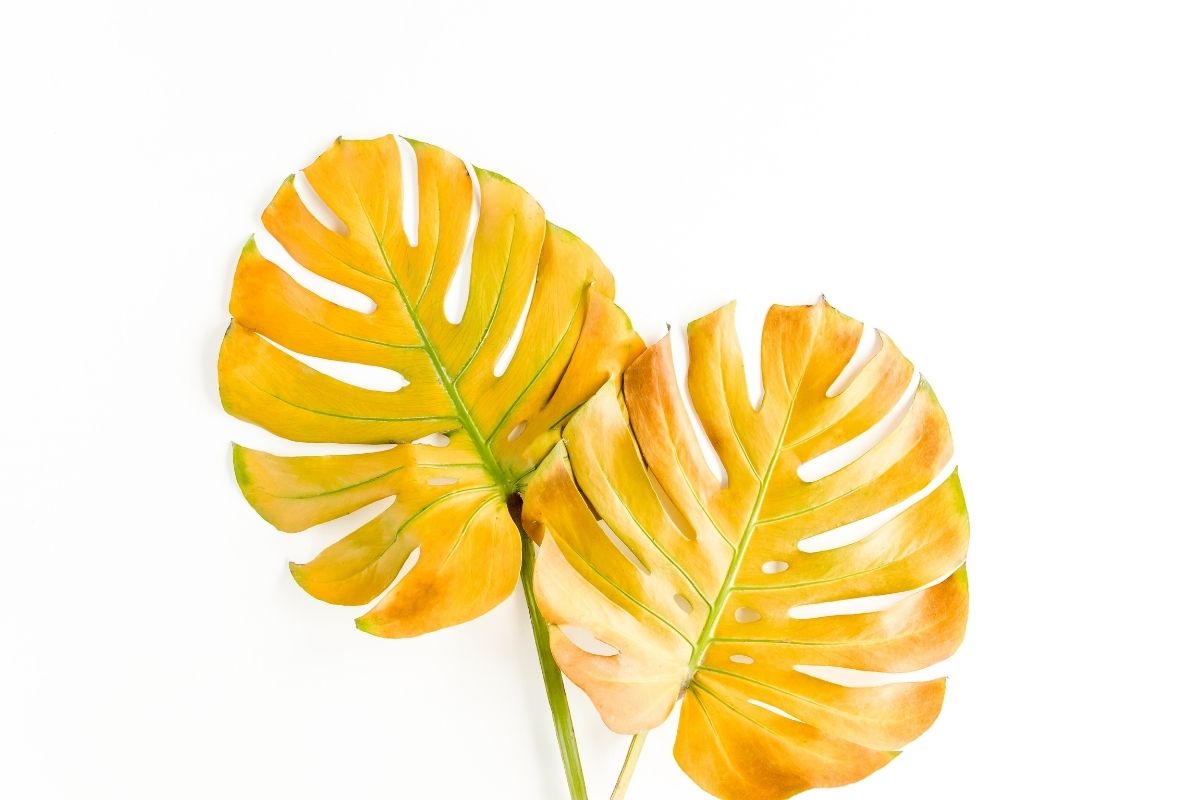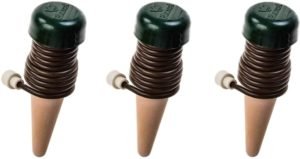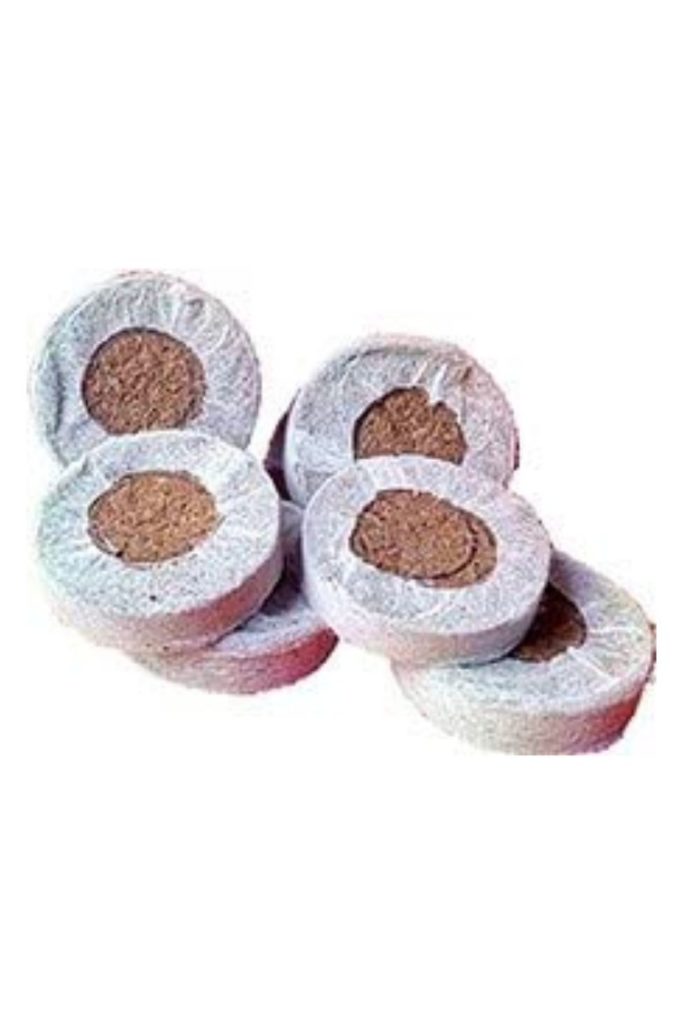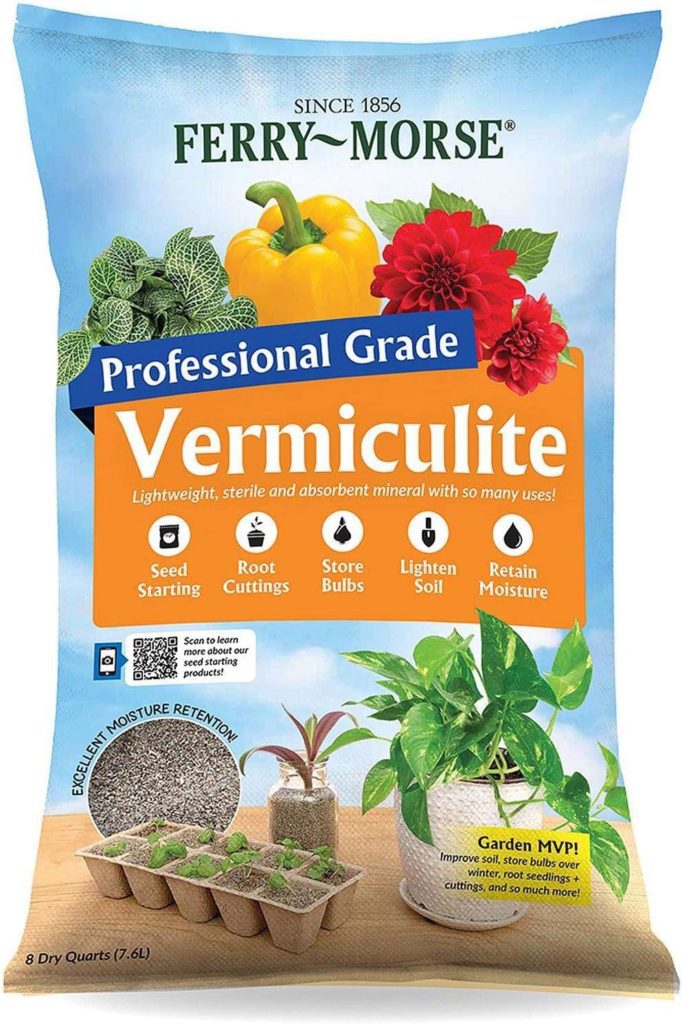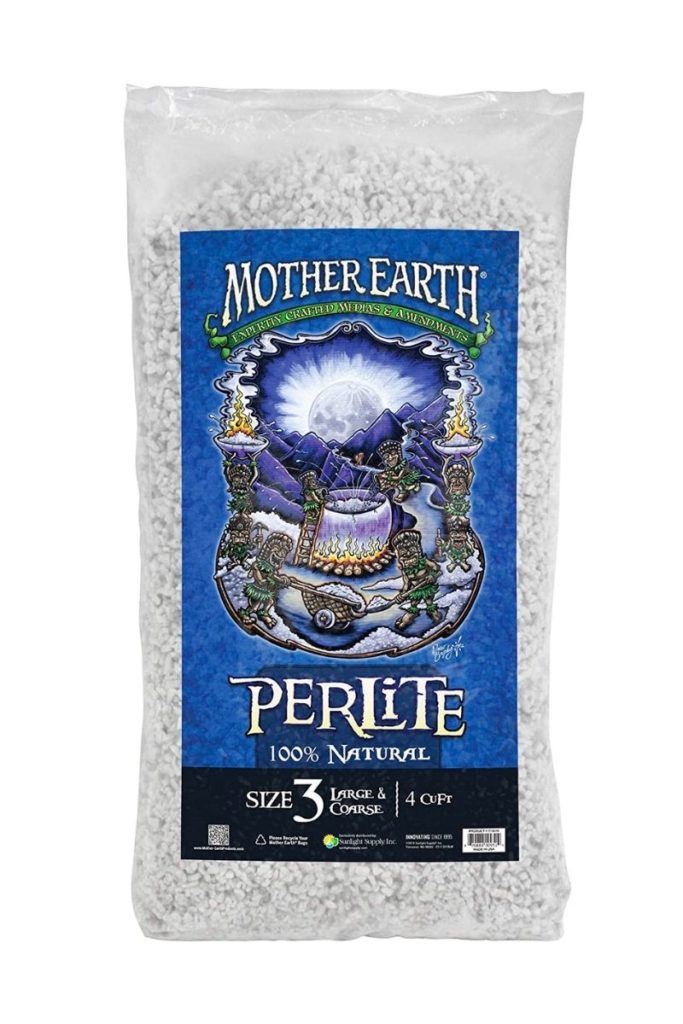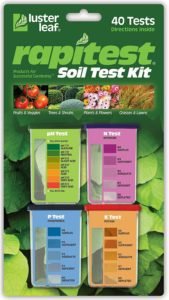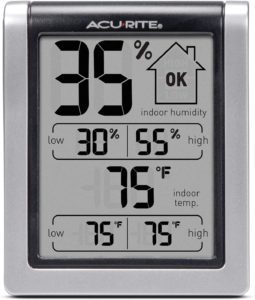Houseplants can be finicky organisms, often showing signs of distress for unknown reasons. One of the most common problems with houseplants is yellowing leaves.
This can be caused by a number of different problems, which makes it difficult to diagnose.
However, there are some signs to look out for that may reveal the cause of the yellowing of your plant’s leaves—usually, the plant is trying to communicate an issue to us, and all we have to do is look and listen in order to fix the problem.
If your plant’s foliage has turned yellow, there are a few common causes to look out for. Watering issues are almost always the root of the problem, but improper light, nutrients, and temperature can also have negative effects on a houseplant.
Read on as we explore what causes plant leaves to turn yellow.
common causes for plant leaves turning yellow
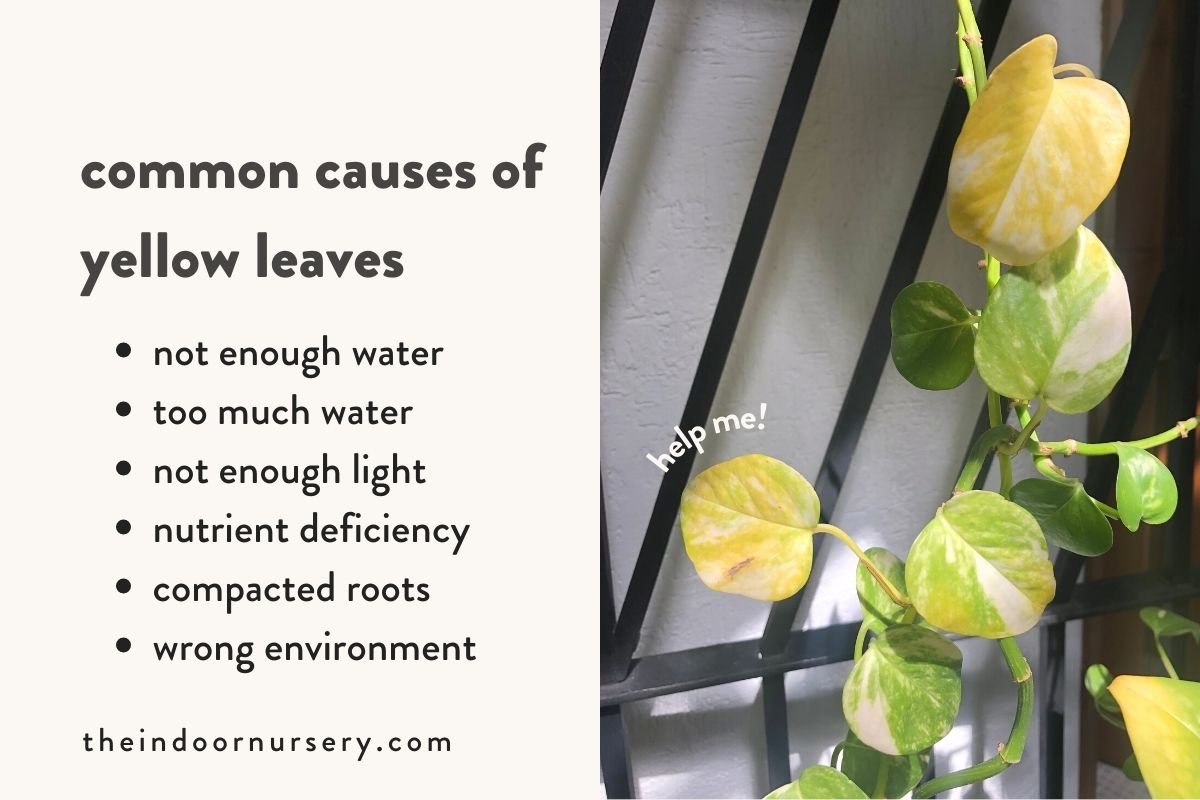
not enough water: wilting foliage and yellowing leaves
One of the most common causes of yellowing leaves in houseplants is too little water. Busy lifestyles and vacations make it easy to get off track of your watering schedule. If the problem is not attended to, the plant’s leaves turn yellow, and it may even drop leaves or die completely.
Almost every gardener has experienced the disappointing sight of a neglected plant, forgotten about for one reason or another. If your plant ends up dying of a lack of water, just take it as a lesson to plan better in the future!
how to save it
Create a consistent watering schedule and stick to it! Most houseplants will appreciate more water when the soil is dry to a depth of 1 to 2 inches. The truth is, most plants love lots of water and only need good drainage. If you’re going on vacation, hire a plant-sitter or set up an auto-watering system.
I really like these watering stakes. The ceramic slowly filters water into the soil. As the ceramic reservoir empties, it pulls fresh water in through the tube from a container full of water next to the potted plant. It solves the “slow release” issue in massive quantities.
too much water: yellowed leaves and root rot
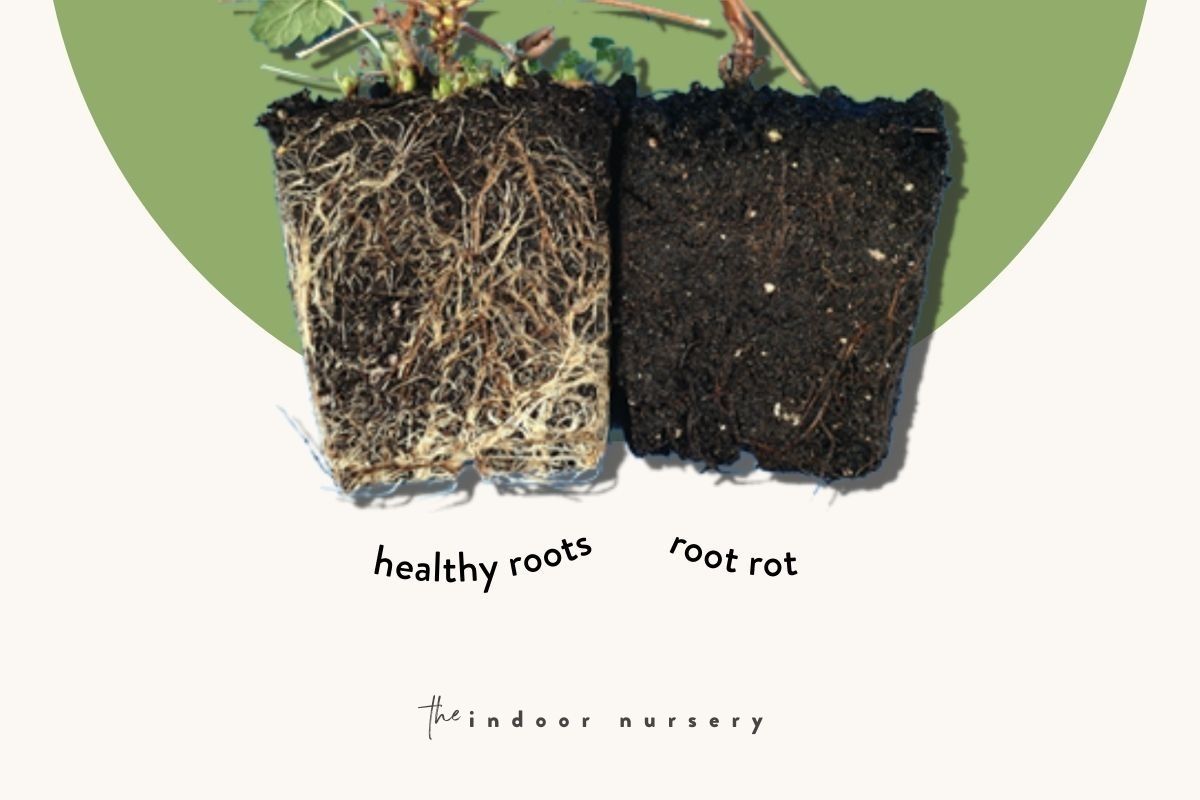
It happens to the best of us… we just want to give our plants all the care in the world, but there is such a thing as too much love. Watering is a delicate balancing act, and too much moisture can have just as detrimental of effects as too little. Standing water can drown the roots, causing yellow leaves, fungal diseases, and rotting of the roots.
Moist tropical plants prefer moist, but not over-saturated soil. A good rule of thumb for most plants is to only water when the soil feels dry to a depth of 1 to 2 inches. If the topsoil is still wet, hold off for another day or two. Tap water is most suitable unless your municipality is known to have a buildup of chemicals in the water. We filter our water as harsh chemicals can cause an imbalance in soil pH and nutrient absorption.
how to save it
Well-draining soil can help prevent the buildup of excess water—try adding perlite to your soil mix to help with drainage. Make sure the pot you use to contain your plants has holes at the bottom, as this will allow excess water to drain out. And once you find a good watering schedule for your plants, stay with it, no matter how much you want to rain some extra love on your plants.
not enough light: yellowing foliage and stunted new leaves
Too little light is a common problem for houseplants. They may be pushed into a corner or placed in a visually-appealing place without regard to their light requirements. Plants require sunlight to engage in the process of photosynthesis. A lack of sunlight will decrease the speed and efficiency of photosynthesis in green plants.
Chlorophyll requires adequate sunlight (plus carbon dioxide and heat) to produce energy for the plant and keep the leaves green. Without enough light, the plant leaves turn yellow and may begin to drop.
how to save it
Indoor plants can be moved to a south-facing window to provide more light. Too much light can also be an issue, so be sure to follow the recommendations for your specific plant species. We wrote an entire guide to indoor plant lighting so read through that for tips on how to position your plant indoors. Another option is to get some super sleek LED grow lights that you can screw right into your regular fixtures, making your indoor space a tropical sunny paradise.
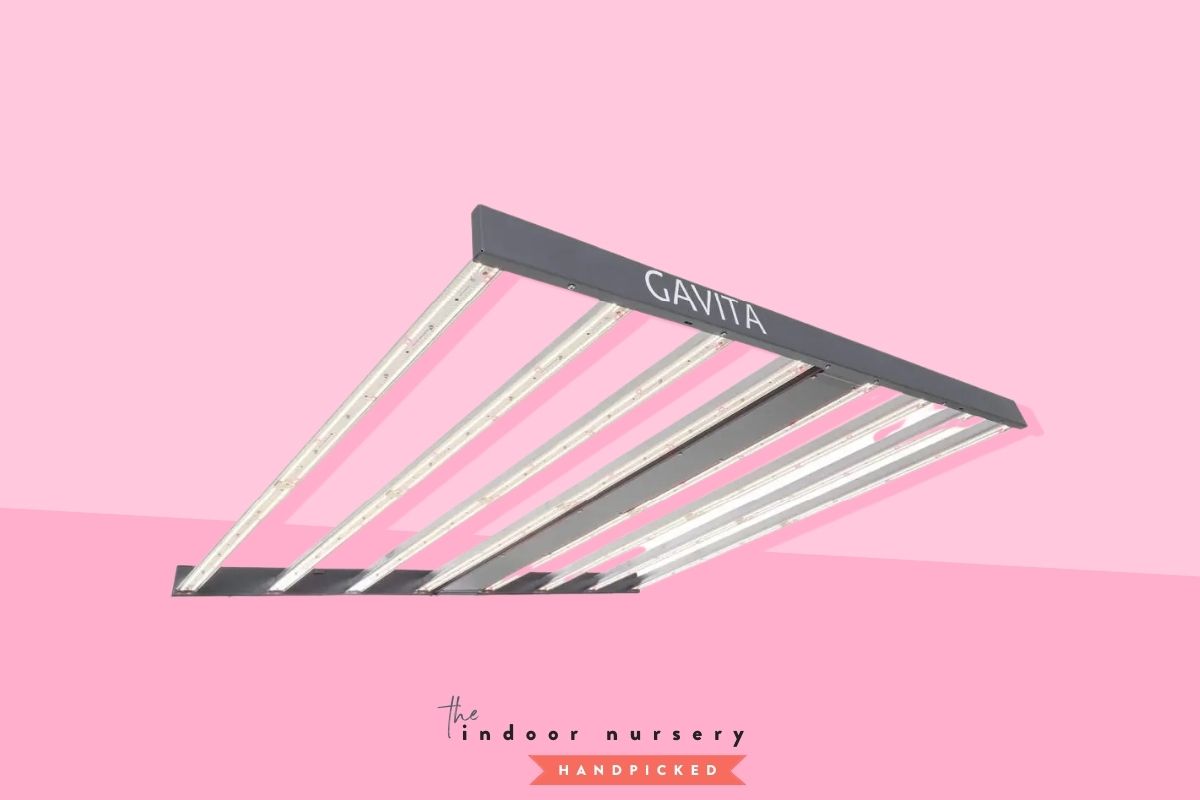
nutrient deficiency: curled leaf tips, brown spots, and yellowing between leaf veins
Plants need a wide variety of macro- and micro-nutrients to perform their best. For beginning botanists, it can be difficult to pinpoint the exact nutrient deficiency. For instance, a potassium deficiency and nitrogen deficiency will both cause a plant’s leaves to turn yellow.
There are a few ways to deduce which nutrient may be lacking.
- A nutrient imbalance. When too much carbon is added to the soil (through the addition of carbon-rich substances like sawdust), the soil organisms will use any existing nitrogen to break down the excess carbon. Some specific nutrients may show a unique sign that they are missing—for example, a boron deficiency in garden vegetables will affect new growth and the tips of leaves (in addition to yellowing leaves). Read through our guide to plant nutrition for more details about signs of every kind of nutrient deficiency.
- Soil pH imbalance. When the soil pH is either too acidic or too alkaline, certain nutrients may not be as easily absorbed. This can cause a nutrient deficiency, though wouldn’t have as simple a solution as applying fertilizer. It would be important to first amend the soil and find a healthy pH before adding fertilizer.
how to save it
First, check the soil pH to see if you need to amend the soil. We have a whole guide on how to test soil pH and fix any imbalances, so take a look at that and follow the steps. If the soil pH looks good, then apply a balanced mix of nutrients to the soil, whether that be through compost, liquid, or solid fertilizer. Follow the dosage instructions on the package. Be careful, as too much fertilizer (often referred to as nutrient burn) can exacerbate the issue. Make sure the nutrients are well-dispersed throughout the soil, allowing the full root system to access nutrients.
compacted roots: stunted growth and leaf yellowing
Most container plants enjoy light, airy soil, where their roots are free to expand as they please. When a plant’s roots are restricted by compact potting mix or too small of a container, the plant may grow at a reduced rate and its leaves may turn yellow.
The growing medium for a potted plant should include organic material, perlite, and other additions to prevent compaction. To prevent a plant from becoming root bound, make sure to give it a large enough container to grow as it pleases. A good rule of thumb is to plant in soil that is at least twice the volume of the root ball.
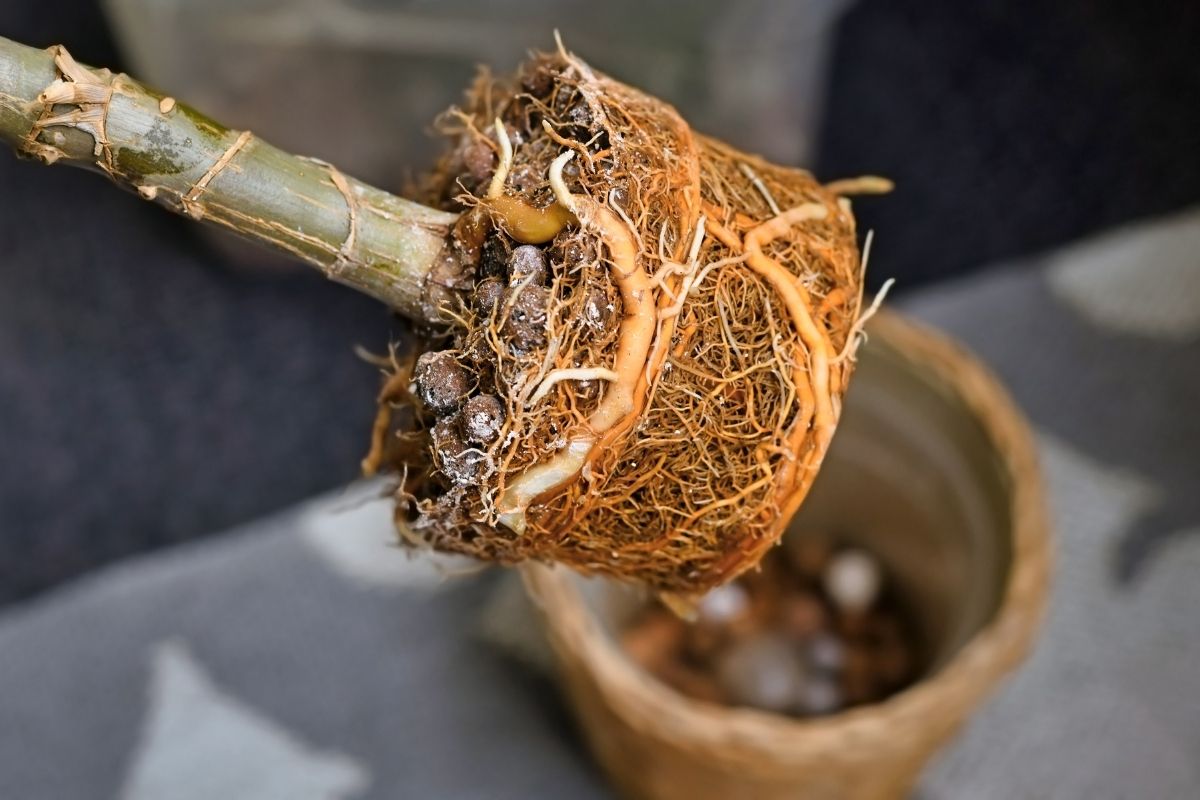
how to save it
Perlite can be added to your potting mix if soil compaction is an issue. This will give the roots room to grow and “breathe,” while also allowing excess moisture to drain from the soil. If the roots have become bound due to inadequate container size, just re-pot the plant in a larger container (with light, airy soil, of course).
improper temperature: yellowing leaves and slow growth
Most houseplants come from tropical regions and enjoy room temperatures (around 65 to 80°F). Prolonged periods outside of that temperature range can cause problems for your plants, including yellow leaves, slow growth, and other problems.
Many gardeners place their plants outside during the day to enjoy the sunlight, but forgetting to bring them in could cause overnight death. Similarly, putting them outside on a hot summer day may quickly fry the plants. Cold drafts from an open window can also cause problems, especially in the winter when those drafts are closer to freezing temperatures.
how to save it
Keep the temperature consistent. A little drop in temperature at night should be okay, but most tropical plants are accustomed to consistent temperatures year-round. In a rainforest, the temperature difference between night and day is usually minimal. If the plants are going to experience extreme cold for some reason, covers and frost blankets are available to shield them from the harsh weather.
Another way to save a dehydrated plant is to keep tabs on environmental conditions with a hygrometer to measure humidity. I really like it because it measures both temperature and humidity levels. Plants generally like a more humid environment, between 50% and 60% humidity, so you can watch humidity levels as your plants wilt or turn yellow.
can yellow leaves turn green again?
It depends, but the likely answer is no. By the time the leaves turn yellow, the plant is already in a stress response that you cannot turn around. You can stop it! This will prevent future leaves from turning yellow. The yellow coloring reveals where the leaf has lost its chlorophyll, a stress response to the undesirable conditions. The plant then begins to reabsorb the plant nutrients from this leaf to deliver to the rest of the plant. Once this process begins, the plant is more likely to cut its losses than dedicate resources to reviving an old leaf 💔
latest in houseplant care
- Rubber Plant Care: How To Take Care Of Rubber Plants
- Growing ZZ Plants: How To Care For A ZZ Plant
- How To Get Rid Of Scale On Plants
- How Often To Water Dracaena (Including Snake Plants)
- How to Use Leca for Plants: Step-by-Step Guide with Pictures
- How To Save An Overwatered Snake Plant
- Hoya Carnosa Care Tips: How To Care For Hoya Carnosa

